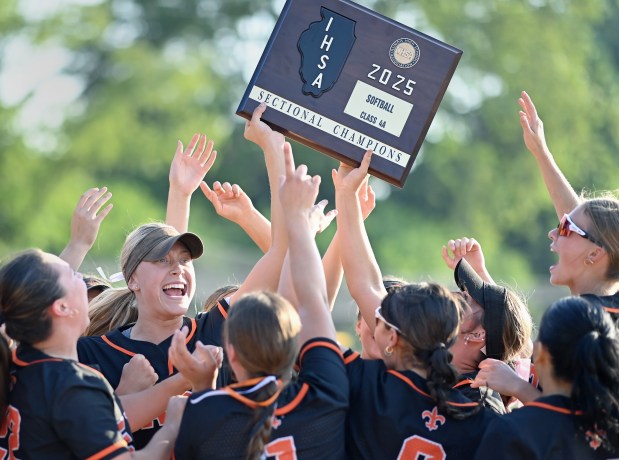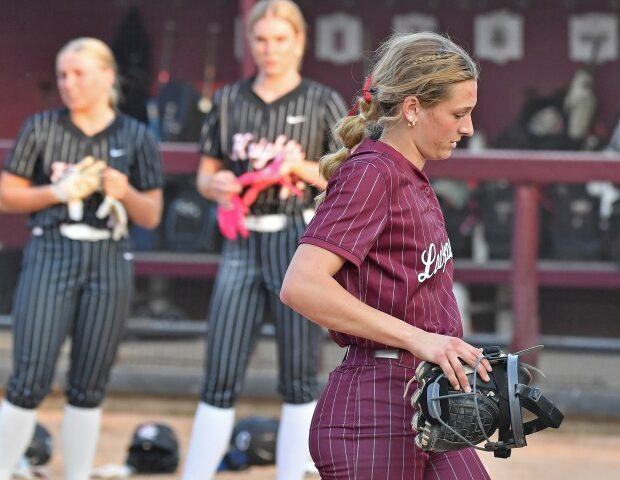Some Lake County residents have very fast internet service, while in other locations it is slower and there are times it can vary from home to home within a neighborhood.
People across Illinois are now able to check the speed of their internet service with an online tool. The results of that testing will help determine which areas are eligible for federal funding under the Broadband Equity Access and Development (BEAD) Program.
Lake County Board member Jennifer Clark, D-Libertyville, the chair of Lake County Special Committee on Broadband, said it is essential people test their internet service speed to assure those who are unserved or underserved can ultimately get faster service.
“We urge all residents to consult the map to confirm its accuracy regarding the services offered in their area,” Clark said. “The allocation of future BEAD broadband funding hinges on the precision of these maps.”
Residents of Lake County must communicate their speed test results to either county officials or Connect Lake County, a not-for-profit organization, by 5 p.m. on Thursday to accurately identify unserved, underserved and adequately served areas.
Testing requires residents to log onto the map, expand it until they find their address and click on the location to learn if it is served, underserved or not served. If the test results do not match the designation on the map, it can be challenged.
Candace Browdy, the executive director of Connect Lake County, said people are considered unserved if their internet speed is less than 25 megabytes per second (MBPS). Speeds between 25 and 99 MBPS are underserved and more than 100 MBPS are served.
Clark said people are not able to file a challenge individually. They need to communicate with the county, the not-for-profit or other organizations authorized to issue challenges on their behalf.
“Report any disparities between actual service and map data, via the provided form,” Clark said, because it underscores, “the critical need to accurately identify unserved and underserved areas.”
Browdy said Connect Lake County is filing challenges as part of a nationwide public comment effort. The organization actively helps low-income people in Waukegan, North Chicago, Zion and the Round Lake area gain internet access. It is helping them with the effort.
“We know there are very few in Lake County who do not have access with a cable line in the ground,” Browdy said. “It’s best to work in areas where a lot of people live, like an apartment building.”
Charged with overseeing the county’s Broadband and Digital Equity Action Plan, Clark said one of its goals is to deal with gaps in digital equity, which includes supporting the BEAD map challenge process. It will dictate funding to deal with equity gaps.
“Once a location is identified as unserved and underserved, BEAD funds will ensure access to broadband speeds of at least 100 MBPS to broadband serviceable locations,” Clark said.
Gaps can occur when one individual has a regular plan with an internet service provider while a neighbor has a lower-priced account with less speed. Browdy said Comcast offers a monthly plan for $9.95 with speeds no higher than 50 MBPS, and another for $29.95 with speeds no higher than 100 MBPS.
“This creates a system where low-income people will be unserved or underserved,” she said. “This creates a bigger gap between the haves and the have-nots.”




